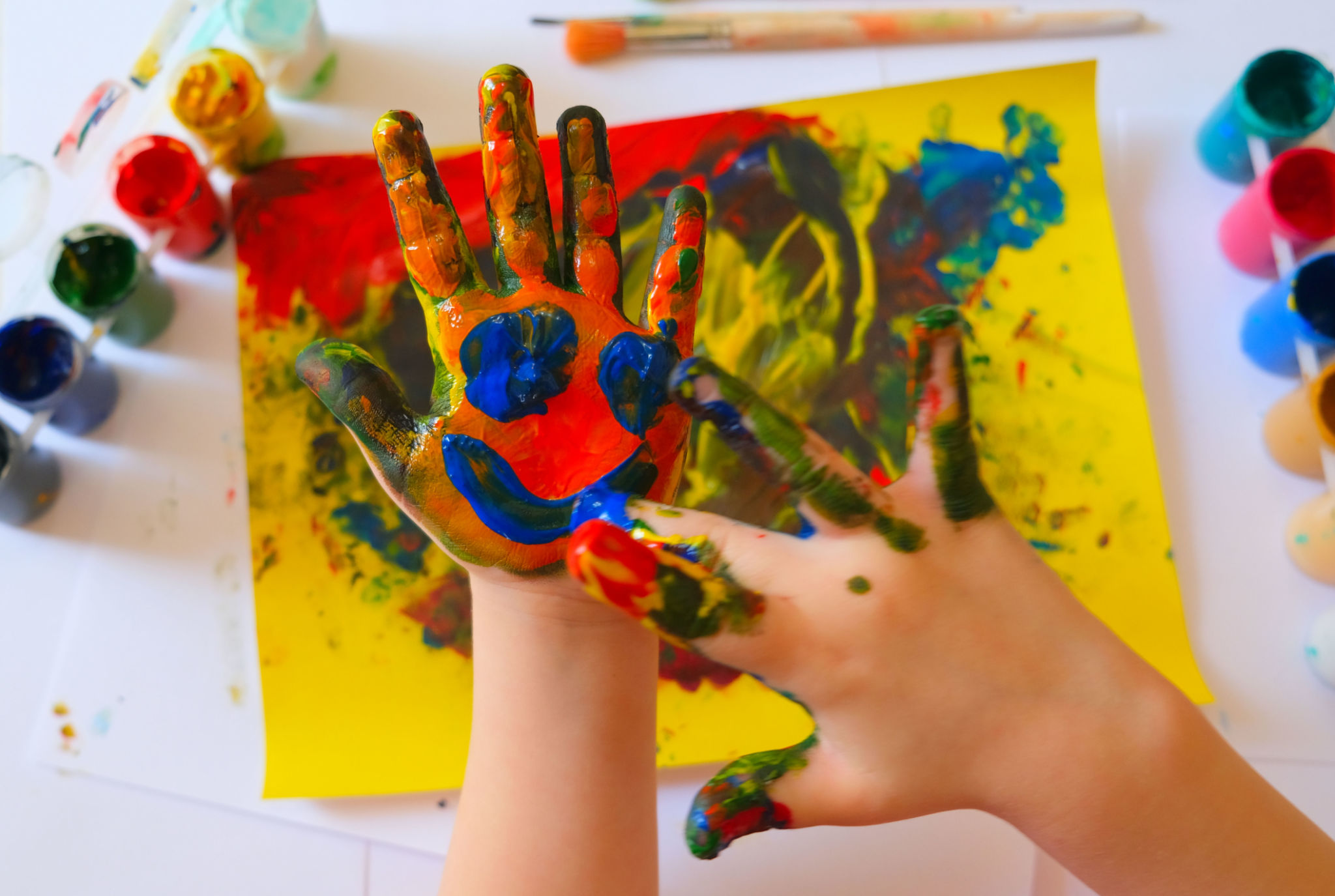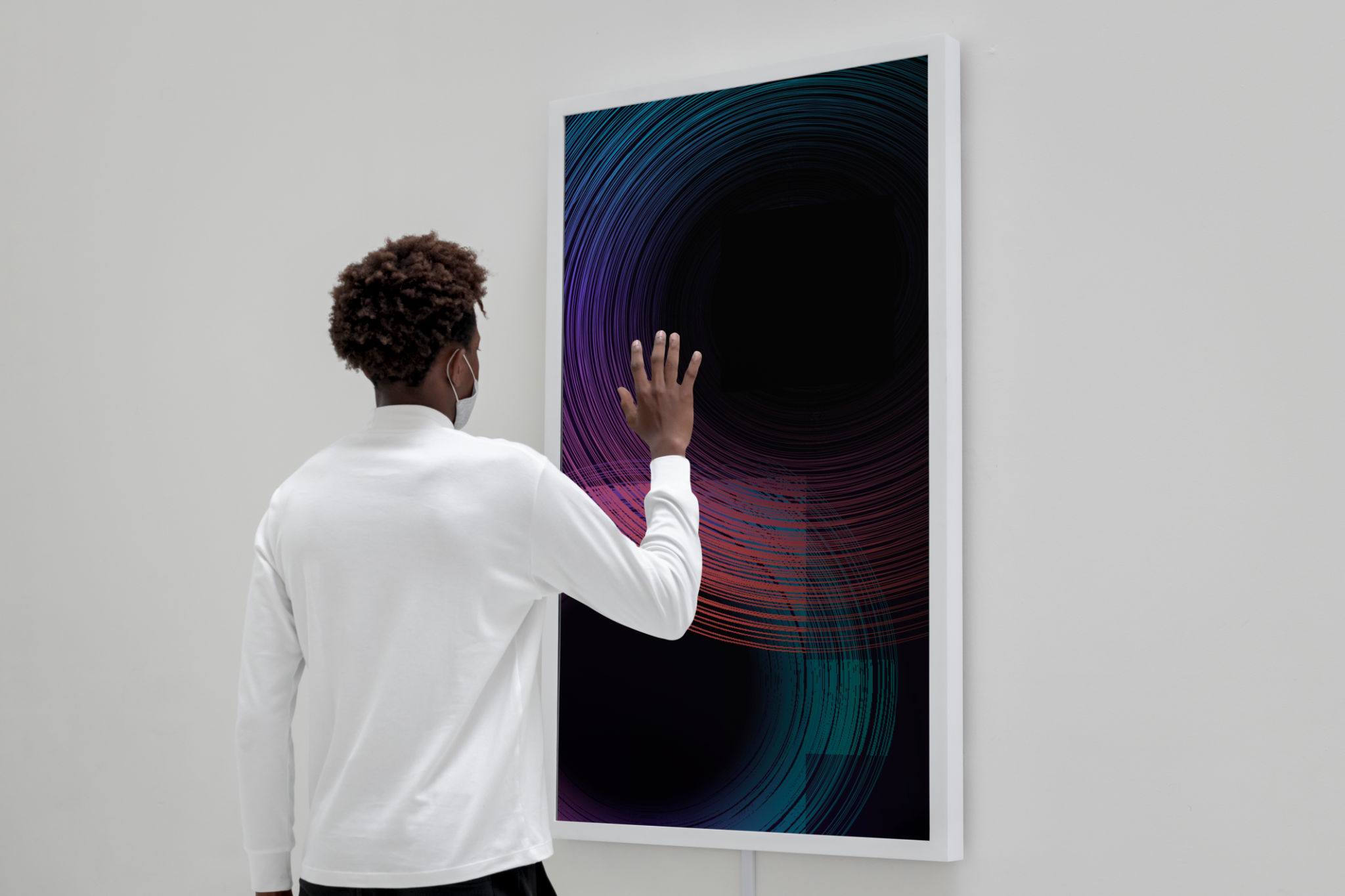The Art of Illusion: Understanding the Science Behind Our Exhibits
The Fascination with Illusions
The art of illusion has captivated humanity for centuries, offering a glimpse into the extraordinary ways our brains interpret the world. Whether it's a simple optical illusion or a complex magic trick, illusions consistently intrigue us by challenging our perceptions and understanding. But what makes these illusions so mesmerizing? The answer lies in the fascinating science behind them.
Illusions work by exploiting the brain's shortcuts in processing sensory information. Our brains are wired to recognize patterns quickly, often filling in the gaps with assumptions based on past experiences. This rapid processing is both a strength and a vulnerability, as it can easily be manipulated to create illusions that deceive our senses.

How Our Brain Processes Illusions
When we encounter an illusion, our brain's visual cortex works hard to interpret the incoming signals. It processes this data to make sense of shapes, colors, and movements. However, this process isn't foolproof. The brain sometimes misinterprets these cues, leading us to see things that aren't there or perceive them differently from reality.
One common example is the Müller-Lyer illusion, where two lines of equal length appear unequal because of the arrows at their ends. This happens because our brain uses contextual information to judge size and distance, often leading to misinterpretation.
The Role of Perception in Illusions
Perception plays a crucial role in how we experience illusions. It's not just about what we see but how we interpret what we see. Factors such as light, shadow, and perspective can dramatically alter our perception, making an object appear larger, smaller, closer, or farther than it actually is.

This principle is brilliantly demonstrated in Ames rooms, specially designed spaces that distort perspective to make people appear larger or smaller depending on their position within the room. These rooms challenge our expectations and highlight the brain's reliance on visual cues to construct reality.
The Science Behind Our Exhibits
In our exhibits, we showcase a variety of illusions that demonstrate these scientific principles in action. Each exhibit is designed not only to entertain but also to educate visitors about the ways our brains can be tricked. By understanding the science behind illusions, we gain insight into the inner workings of human perception.
For instance, our interactive displays allow visitors to experience firsthand how illusions manipulate sensory information. From color-changing discs to rotating spirals, each exhibit provides a unique opportunity to explore the limits of human perception.

The Educational Value of Illusions
Illusions are more than just entertaining; they offer valuable lessons about how we perceive reality. By studying illusions, scientists can learn more about the brain's complex processes and how they contribute to our understanding of the world. This knowledge has applications beyond entertainment, influencing fields such as psychology, neuroscience, and even artificial intelligence.
Moreover, illusions encourage critical thinking and curiosity. They prompt us to question what we see and seek deeper explanations for phenomena that defy our expectations. This inquisitive mindset is essential for scientific discovery and innovation.
Conclusion: Embrace the Mystery
The art of illusion invites us to embrace the mystery of perception and explore the fascinating science behind it. Our exhibits offer a unique opportunity to engage with these concepts in an interactive and educational way. Whether you're a lifelong fan of magic or new to the world of illusions, there's always more to discover and learn about the incredible capabilities of the human brain.
We invite you to visit our exhibits and experience the wonder of illusions for yourself. Challenge your perceptions, question your assumptions, and leave with a newfound appreciation for the intricate dance between reality and illusion.
